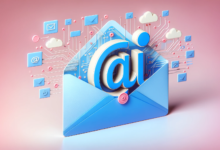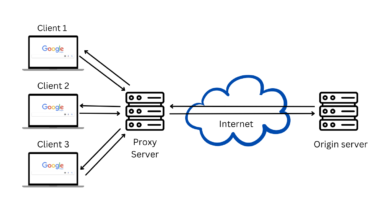
Why Core Modernization Is the Backbone of Digital Transformation?
In today’s day and age, businesses want to put out better and faster results to help them stay ahead of the competition. A huge step towards this is to undergo the process of core modernization. It’s the process of upgrading your already existing systems that are most likely old and that’s been in use for decades. This is done to make the systems faster, more reliable, and future-proof.
What is Core Modernization?
Just like the foundations of an old building, legacy systems start to show cracks over time, making it very difficult to use. With core modernization, you’d be replacing older systems like mainframes, databases, or outdated applications with systems like cloud, automation, and artificial intelligence. This process helps your business move faster, innovate easily, and better serve your customers.
Why Do Businesses Need it?
A lot of organizations still use systems that were built years ago, although they still do work, they’re not as effective anymore and come with a lot of limitations. If you keep using these systems, you will suffer from low performance issues, high maintenance costs, and less integration with newer tools.
- Adaptability: Modern systems are built to be adaptive. With changing market trends, consumer behavior, etc, businesses can respond quicker to these changes if they have a modern core.
- Cost: Using old legacy systems will require you to dish out a lot of money to maintain them. After modernizing, you reduce inefficiencies, improve automation, and use scalable cloud solutions instead of physical hardware.
- Customer Experience: Modernization helps improve customer experience by letting them access real-time information, faster service, and providing more personalized customer interactions.
- Security: Legacy systems are far more prone to threats than newer models. With modernization, you’d be getting advanced security features to make sure you and your data stay safe.
Businesses like Encora provide core modernization processes that will help you transform your legacy systems into something more future-proof.
How Can Businesses Start this Journey?
All of this may sound very overwhelming, but the key point is to start off slow and pick something that delivers you the most results.
- Assess your current systems to see which ones are outdated or slow.
- Set clear and defined goals as to what you want to achieve after this, like faster delivery, etc.
- Migrate to cloud servers, this will help you gain flexibility, scalability and save a lot of money in the long run.
- You should choose the right partners who will help you work through the process and ensure a smooth transition.
Without the help of modernization, businesses aren’t likely to evolve. They will struggle to put out anything new, digitally. It might be launching a new app or website, either way, old systems will struggle to keep up with everything, causing delays to a lot of the functioning of the business.
Digital transformation doesn’t just mean the usage of newer devices, it also means changing how your business operates from within, and the first step towards this process is core modernization. By increasing your IT infrastructure, you get to explore opportunities towards innovation, increasing speed, and better reliability.








